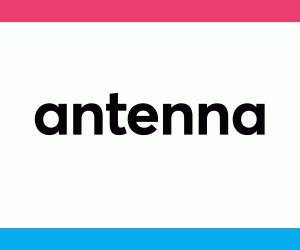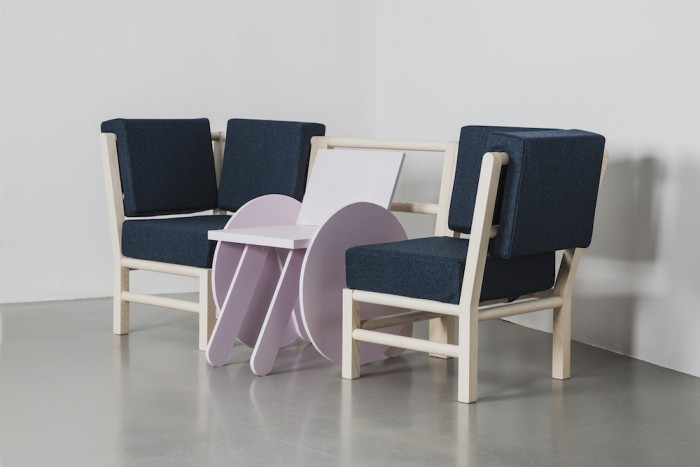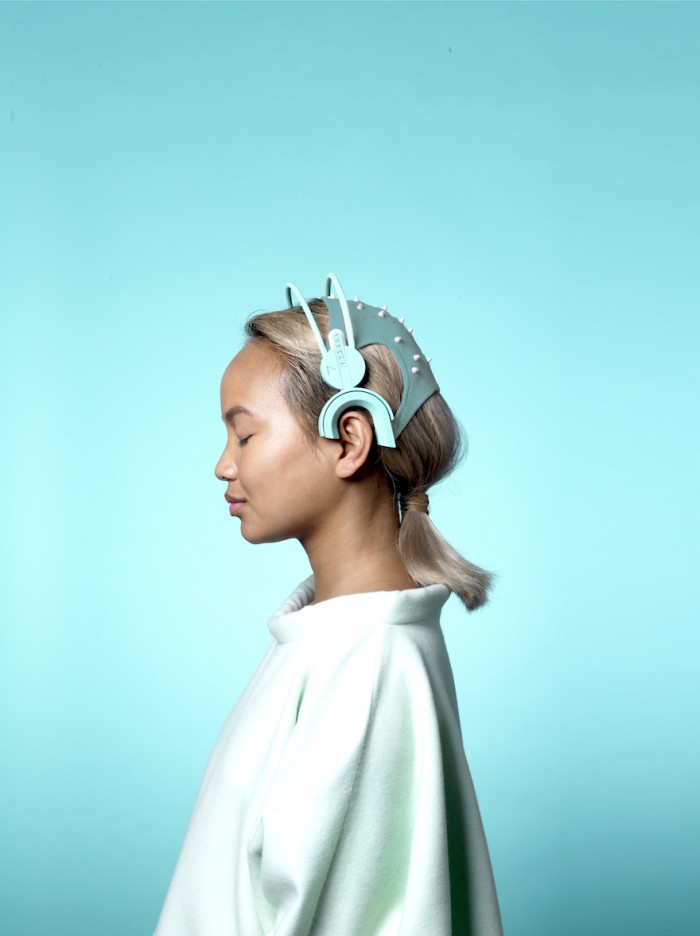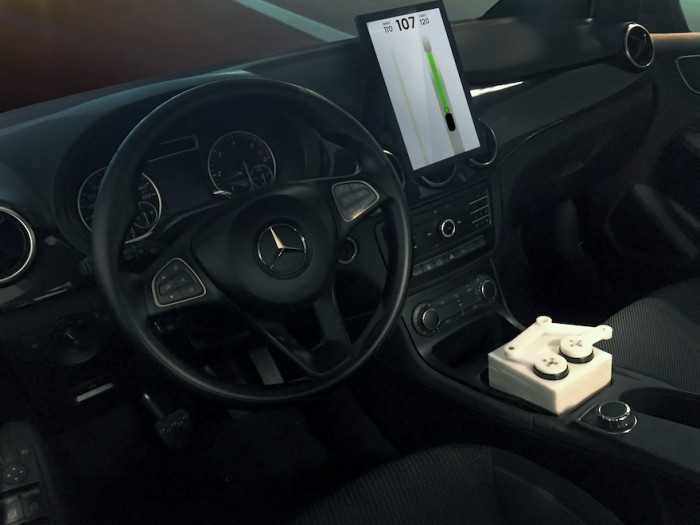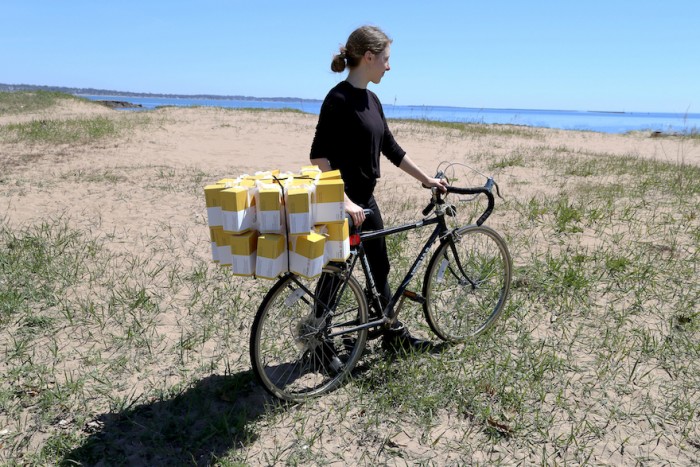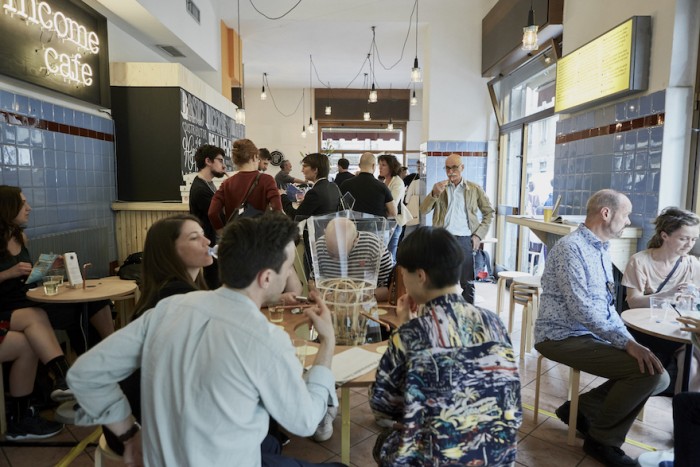Part of the Project
In 2017, Design Indaba launched antenna with Dutch Design Week. A creative platform and do-tank like no other, alongside a design week like no other, we decided that it’s part of our design mandate to find and provide a platform for the next generation of impactful designers.
The inaugural antenna conference was a success, ushering in the likes of Kelsey Wakefield, Myles Loftin, Fernando Laposse and Thandiwe Msebenzi among others. We’re confident that this year will be no different.
Meet the first five of 20 speakers announced for the 2018 event and book tickets now!
Product design for the disabled
When designing for people with disabilities, there’s no reason to sacrifice beauty.
Aesthetics and functionality go hand in hand for Swedish product & furniture designer Ella Westlund. A student of Beckmans College of Design, Westlund set out to create inclusive, specialised products.
Westlund’s sister has Down’s Syndrome and the designer has worked with and around disabled people for seven years. “I have always thought that they need better products in their life, products with real wood that they can touch and not cold metal and old plastic,” she writes.
She created a product range called, Be a Part Of. It’s a modular sofa that considers wheelchair users. The furniture piece was specially designed for Korallen, a center for mental stimulation for children with functional disabilities in Sweden.
The cavity in the middle is for parents to get closer to their children in wheelchairs.
“To create for Korallen meant I could use my experience with disabled children and my knowledge as furniture designer and create a place where you can feel safe,” adds Westlund.
The sofa was exhibited at the Stockholm Furniture Fair 2018 and will come into production in the fall of 2018.
Design for the mind
The benefits of meditation are well known. But what if you could monitor, learn and calm your mind to enhance your mental well-being?
In the age of constant connectivity, Brighton University graduate and designer Freyja Sewell created Mind Mirror to function as a medical training device.
Strapped to the user’s head, the Mind Mirror allows people to understand what is happening to their own brain during meditation. It helps people understand when they are in Flow State, a desirable mental state achieved through meditation.
It’s made up of three elements: The neural lace made up of 32 Sensors on the head monitors the activity on the brain.
A data system that represents feedback in a soothing visual and audio format.
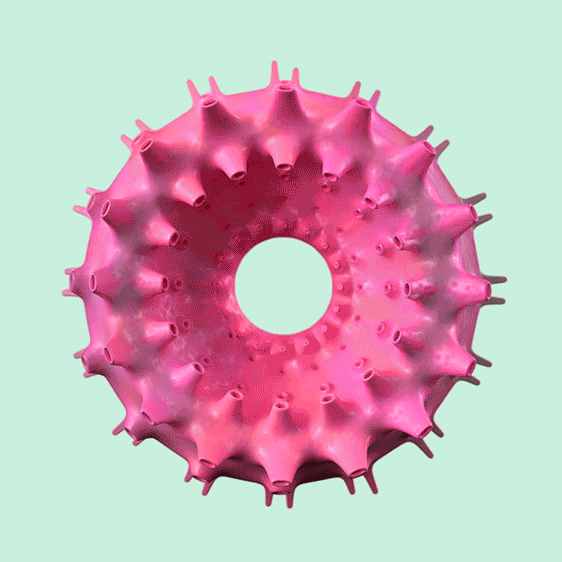
And lastly, the flat-pack Faraday Pod provides protection from stray electrical signals (Faraday waves) to the extremely sensitive sensors in the Neural Lace, improving accuracy.
Her work, which includes traditional furniture and cutting edge technologies, is a fascinating look into Japanese design culture, a core source of inspiration in both her personal and professional life.
The future of mobility and autonomous driving
Most of Felix Ros’ work has been focused on future mobility, autonomous driving and multimodal interaction.
The industrial design student from the Eindhoven University of Technology prides himself on being a digital designer who fell in love with the physical.
Enter Scribble. Ros’ project speculates on the future of driving as autonomous mobility enters its next stage of evolution.
As the autonomous vehicle makes split second decisions based on its sensors and information that is already known, Scribble, a haptic interface, allows the user to personalise this experience.
For example, it would allow the user to plot the route of an autonomous car even if that route is yet to be explored and recorded on any map. This drawing based interaction is not driving nor being chauffeured around, it’s something in the middle.
Minimalist design for tangible impact
Gwen Gage is an industrial design graduate from Pratt Institute in New York. She decided to put her knowledge to the test in a social impact context.
She began her process in rural Senegal where she found that volunteers were forced to travel long distances from rural villages to towns and cities to retrieve malaria medication.
A pervasive disease that is better treated with early intervention, it was clear to Gage that the medication delivery system needed to be better suited to the environment in order to have a tangible impact.
She created Velomed, a thin plastic strip that can be easily shipped with medication from the manufacturer. The strip can be cut to any length, filled with boxes, and rolled to secure. The rolled unit can be easily strapped to a bike or carried on a volunteer’s back, allowing the volunteer to transport dozens of boxes on each trip.
To secure the units to a bike, one needs only a small bit of rope or bungee cord (something commonly used on bikes in the region).
It’s a ‘less is more’ approach to design that she adopted after trial and error. “After many iterations I realised my ideas thus far were either too bulky or used overly convoluted mechanisms that made them unrealistic interventions.
Many would have been too expensive for a volunteer to purchase and unlikely to be accessible to them anyways. So I shifted my focus to minimal material solutions.”
Progressive economics
Martina Huynh is a graduate from the Design Academy Eindhoven in the Netherlands, with a focus on design research and interaction design.
She playfully translates research on societal changes into tangible experiences to further the discussion and make active proposals for alternatives.
Her projects often take shape as multimedia performances, video essays or interactive installations, placed in an everyday context.
Her most recent project, the Basic Income Café was inspired by the national debate in her home country of Switzerland in 2016. Basic income is an increasingly prominent topic in progressive economics.
To manifest the debate in a physical, interactive space, she created an interactive installation with two basic income scenarios — modeled after the different intentions of Switzerland and Finland. Here, the flow of coffee visualises the flow of money.
She writes: “Visitors are provoked to experience the underlying economic models first hand and while interacting with other participants are able to test social situations that are potential outcomes for the basic income scenarios.”
Antenna aims to take these young designers to the next phase of their careers by exposing them to experts and professionals in the antenna network.
The programme, above and beyond their presentations, will work to expand their skills and networks, opening up a range of future opportunities.
Like the antennae of the natural world, antenna aims to intuitively spot and react to the subtle signs in the world around us.
The second edition of antenna will take place at World Design Event during Dutch Design Week on 22 October. The rest of the antenna line-up will be announced in the coming weeks.
See the inaugural antenna class of 2017 | Tickets for the 2018 iteration are available now

